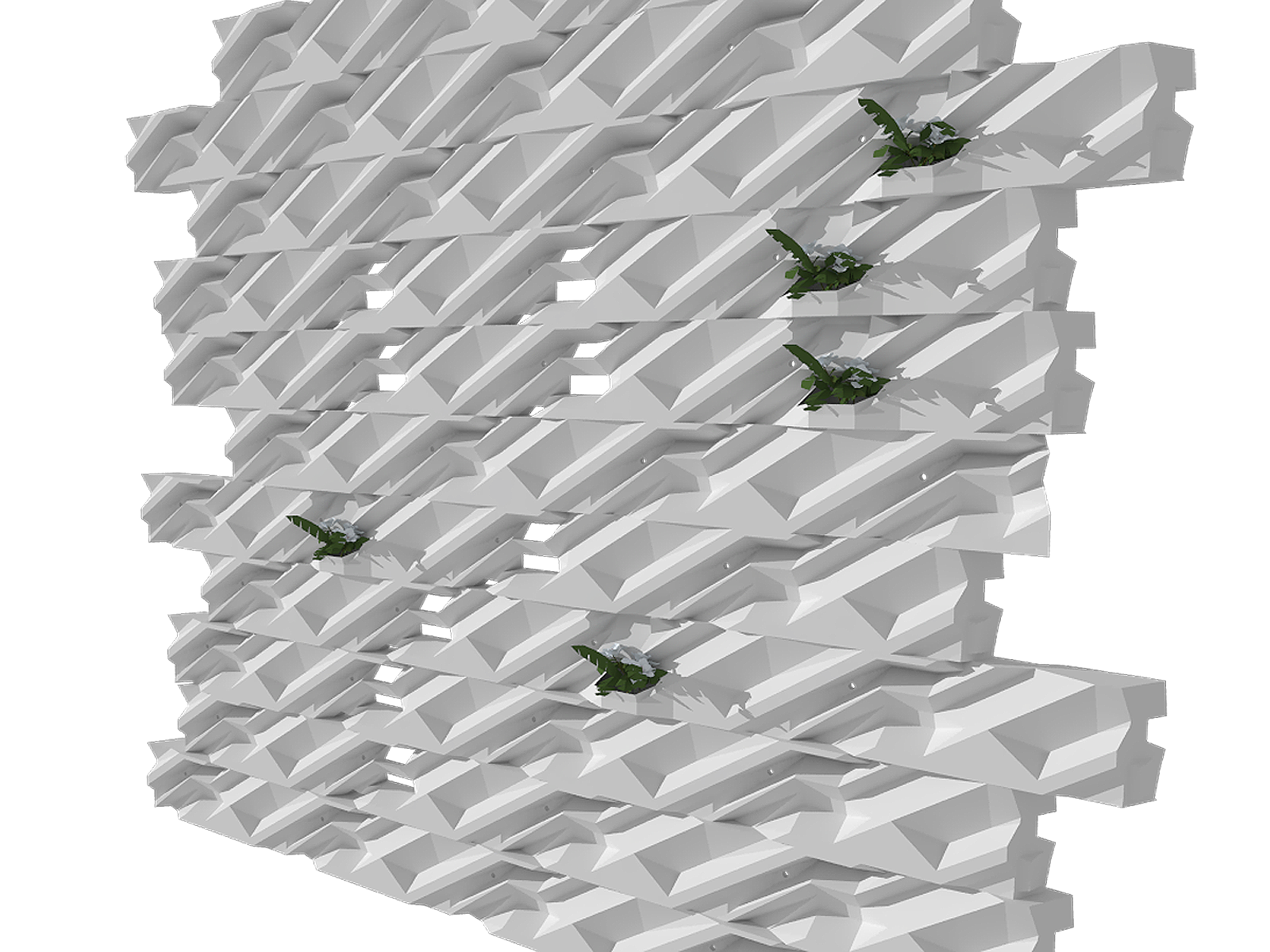Definitions
Absorbency
The uptake of liquids into the voids of porous materials. Ceramics with low absorbency are generally stronger than ceramics with high absorbency.
Biscuit
A low-fire process in which moisture is removed from clay particles, which fuse together to create one ceramic mass. The clay particles undergo a physical and chemical change.
Blackhard
The portion of the drying process where the clay is not fully dried, however is no longer malleable.
Casting Slip
A clay-water mixture used to create ceramic forms from porous molds. The final form of the ceramic object is achieved by casting the slip into a mold, which draws moisture out of the slip. After achieving the proper thickness, the cast form is removed from its mold, glazed, and fired. Tectonic Horizons was created using Casting Slip, and the Slip Cast technique.
Ceramic Change
The point at which the temperature of the ceramic mixture is great enough to physically drive off chemically bonded water molecules from clay particles. The change generally occurs between 1000 - 1200 F. The higher the temperature the greater the durability of the final object will be.
Ceramics
Clay objects stabilized through the application of heat. The advanced fabrication of ceramics is the focus of this site.
Clay
A naturally occurring inorganic substance composed of very small "plate- like" particles. These particles, when mixed with water as a lubricant, can slide past each other with relative ease. Known as "plasticity" or "workability", this gives clay its unique characteristic.
Claybody
A mixture of clay and various compounds used by ceramicists to achieve varying characteristics of final ceramic objects.
Computer Numeric Control (CNC)
A process by which a machine, typically a mill, is guided along tool-paths by a computer to produce a geometry generally created in a 3-D modeling environment.
Leatherhard
The point in the drying process when a clay object can be handled without the significant deformation of the shape. At this stage the clay is still pliable enough to be altered if necessary.
Porosity
The ability to absorb water by capillary action.
Shrinkage
An irreversible reduction in the size/volume of a ceramic piece or glaze which is caused during the drying and firing process. This differs from expansion and contraction, which occurs naturally as a piece heats and cools. All pieces usually undergo a small amount of shrinkage. It takes a lot of experience and skill to select and work with the right types of clays and glazes so that shrinkage does not deform or otherwise damage a finished piece.
